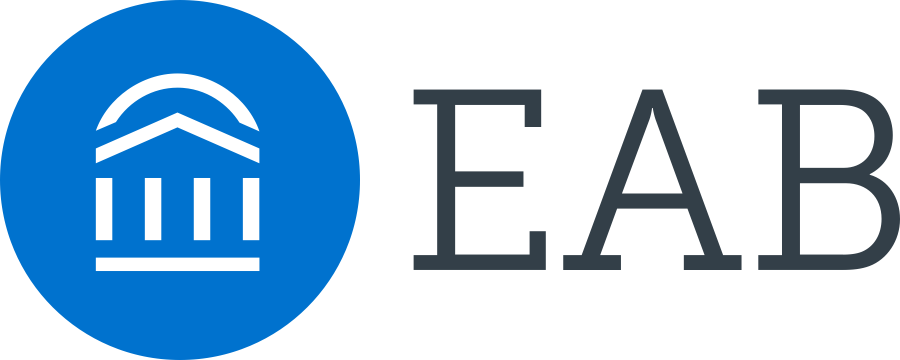Resource Center

 Barrier 1
Barrier 1
Solution: Build a more agile operating model
Blog | Why organisational change efforts fail (and how to make yours succeed)
Internal Barrier: Fragmented structures and unclear accountability make coordinated decisions slow and contested.
Why It Matters: When responsibilities are dispersed and accountability is unclear, even high-priority initiatives struggle to move forward or scale eectively.
 Barrier 2
Barrier 2
Narrow Programme Portfolios Limit Revenue Resilience
Solution: Design a differentiated student value proposition
Briefing | How to Make Your Institution Stand Out in Today’s Market
Internal Barrier: Institutions often lack the market insight, financial levers, or cultural incentives to adapt offerings quickly or strategically.
Why It Matters: Overreliance on traditional degrees, especially in saturated or declining disciplines, leaves institutions vulnerable to enrolment shocks and unable to capture growth in emerging segments.
 Barrier 3
Barrier 3
Fragmented AI Activity Undermines Strategic Progress
Solution: Develop an institution-wide AI strategy
Blog | Building an AI-ready university
Why It Matters: Without an institutional AI strategy, universities risk falling behind on student expectations, missing out on efficiency gains, and mismanaging reputational and ethical risks.
 Barrier 4
Barrier 4
Ineffective Estate Strategy Impedes Financial and Academic Flexibility
Solution: Optimise campus space for strategy and savings
Blog | 'No net new': What stuck with university leaders at our Campus Space Summit
Internal Barrier: Legacy estates plans and siloed decision-making tie up resources in underused assets and limit the institution’s ability to adapt quickly.
 Barrier 5
Barrier 5
Rigid Enrolment Strategies Expose Institutions to Risk
Solution: Strengthen recruitment strategy for a volatile market
Blog | Questions universities should be asking about recruitment strategy
External Pressure: Estates decisions are no longer just about capacity; they’re a test of how capital is deployed and whether their physical footprint aligns with evolving needs.
Internal Barrier: Legacy estates plans and siloed decision-making tie up resources in underused assets and limit the institution’s ability to adapt quickly.
Why It Matters: Dependence on narrow source markets heightens risk and limits institutions’ ability to align student intake with academic, financial, and operational priorities.
Want to learn more about EAB's Solutions?
Fill out the form to schedule a call with an expert and identify your top priorities.












